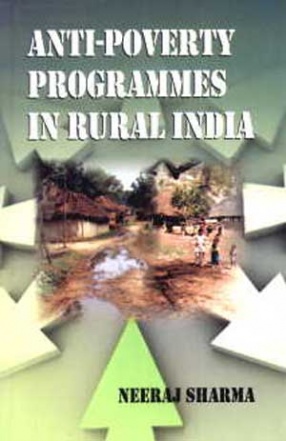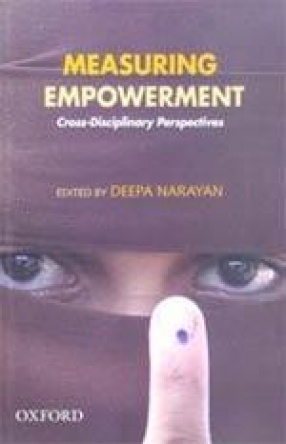Poverty is a complex problem. It is an outgrowth of the impact of political process and policy development. It perpetuates despite the consistent efforts being made through the planned development process. At the beginning of the new millennium 260 million people in India did not have incomes to access a consumption basket which defines the poverty line. Of these 75 per cent were in the rural areas. India is a home to 22 per cent of the world poor.
The present book on the impact of poverty alleviation programmes on the socio-economic conditions of weaker sections in rural areas is composed of nine chapters.
Chapter 1 deals with the general introduction of poverty, various poverty alleviation programmes and an overview of the region under study. The review of the related studies has been presented in Chapter 2. The definition of concepts and the methods of analysis have been dealt with in Chapter 3. Chapter 4 deals with the demographic and socio-economic profile of the sample households. The distribution pattern of household assets and household income among the sample households has been presented in Chapter 5. The pattern of human labour time utilization as well as the extent of unemployment among the sample households has been presented in Chapter 6. Chapter 7 deals with the pattern of household consumption expenditure and the value of poverty index among the sample households both before and after the implementation of poverty alleviation programmes. The nature and extent of savings, indebtedness and the impact of anti-poverty programmes on the assets, income, employment and consumption have been dealt with in Chapter 8, whereas Chapter 9 deals with the summary and conclusions of the present study.





There are no reviews yet.